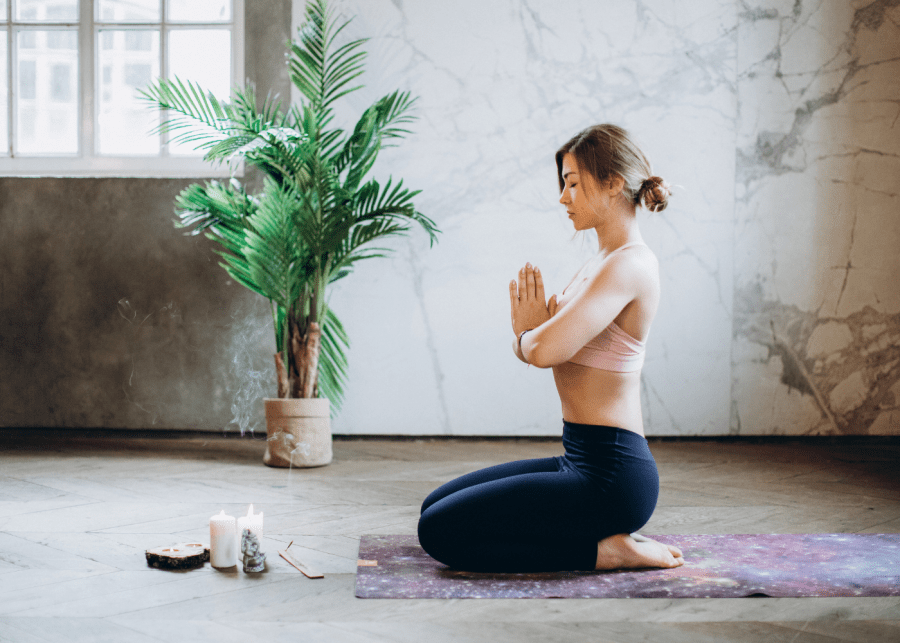What is the current status of your persönliche entwicklung Is it in the idea stage, waiting to be implemented at the right time? Maybe you know it’s something that would be good for you, but haven’t yet clicked into doing it as a daily routine?
Or maybe, you’ve done it at times, but either been frustrated by the results or lost interest? Or perhaps, you love to meditate and would like to gain some insights about how to go even deeper or make it even more effective?
In this article, we explore 4 Steps to Setup a Successful Meditation Session.
1. Set Up a Meditative Space
Whether it’s a spare room, a closet, or a part of your bedroom, define a space that you dedicate to meditation. You can mark this space with a rug, a meditation bench, chair, or cushion.
By meditating in the same space consistently it comes to represent “meditation” to you, and thereby becomes a space that supports you moving into a meditative state. After a period of time, just sitting in this space will relax you.
Another way to enhance the atmosphere of your meditation space is to set up an “altar” that represents what is important to you in your practice and your life.
If the idea of having an altar inspires you, it can take any form that is pleasing and motivating to you. It can include photos, symbols, candles, flowers, offering bowls, statues, quotes, and so on. The basic idea is to put significant items there-ones that put you in the right mindset for meditating and remind you WHY you are taking time to practice.
If you use meditation to support a religious faith, place images or items that represent your faith on your altar. Personally, I have symbols of several different spiritual traditions in my space to represent the Universal Spirituality underlying all faiths and traditions. I also have family pictures and quotes that remind me of my higher intentions. The most important quality of your altar is that it represents what is important to you.
Once you’ve meditated in your sacred space for a while and used it to grow your inner skills, you’ll be able to take your meditation on the road and do it virtually anytime, anywhere-no matter what is going on around you. This is when your meditation becomes truly powerful. Yet, even then, you’ll probably really appreciate and value those times when you get to meditate in your sacred space.
2. Create a Ritual Around Your Practice
Set a regular time for meditation and create a consistent routine that moves you into your practice.
One way to support regular practice is to make meditation a part of an established routine that you already do. For most people, the best way is to integrate meditation into their morning routine. This encourages you to start your day from a relaxed, present, intentional perspective-and it insures that you meditate before other events in the day get in the way.
Once you’ve decided on the time you will meditate, plan your day accordingly. If you are meditating first thing, make sure you go to bed early enough that you can comfortably wake up early enough to practice without rushing. Set your alarm to wake you up with plenty of time.
Once you get up, have a routine to move you into your practice. For example, I first massage around my eyes and back of my head while still lying in bed. I then massage the bottoms of my feet with some tennis balls that are at the foot of my bed when I sit up. I use the toilet, then splash water on my face and massage my scalp. Then, I do some stretches to limber up before I stand in my standing meditation posture. All of this awakens and loosens me up and prepares me for a good practice session.
